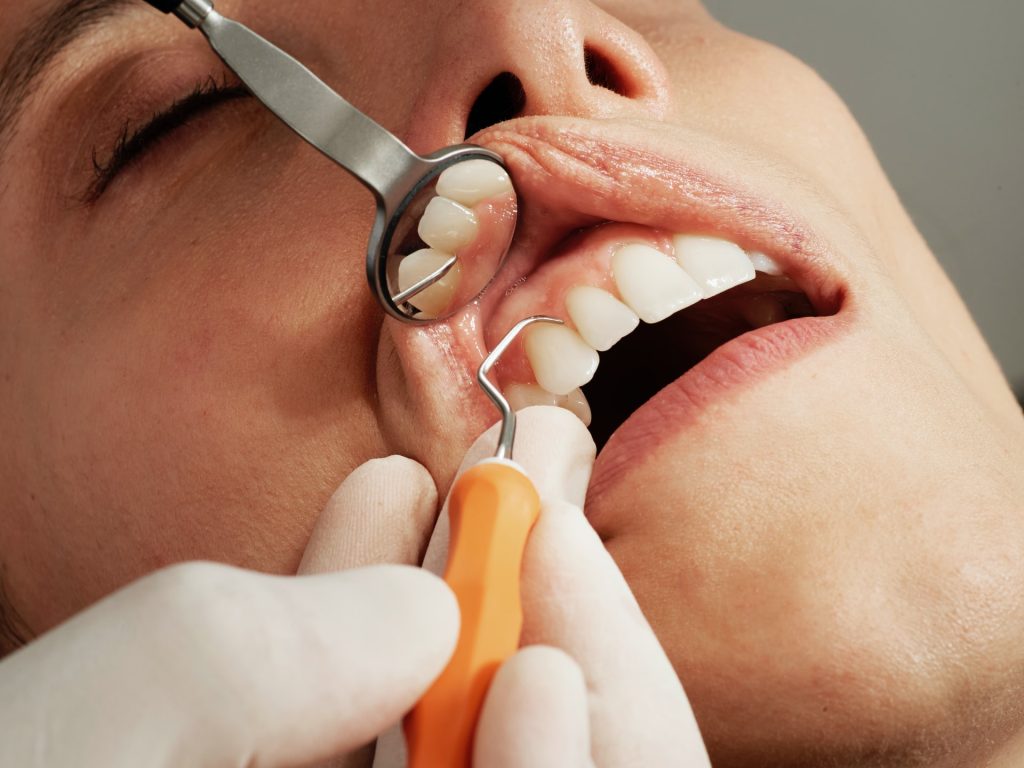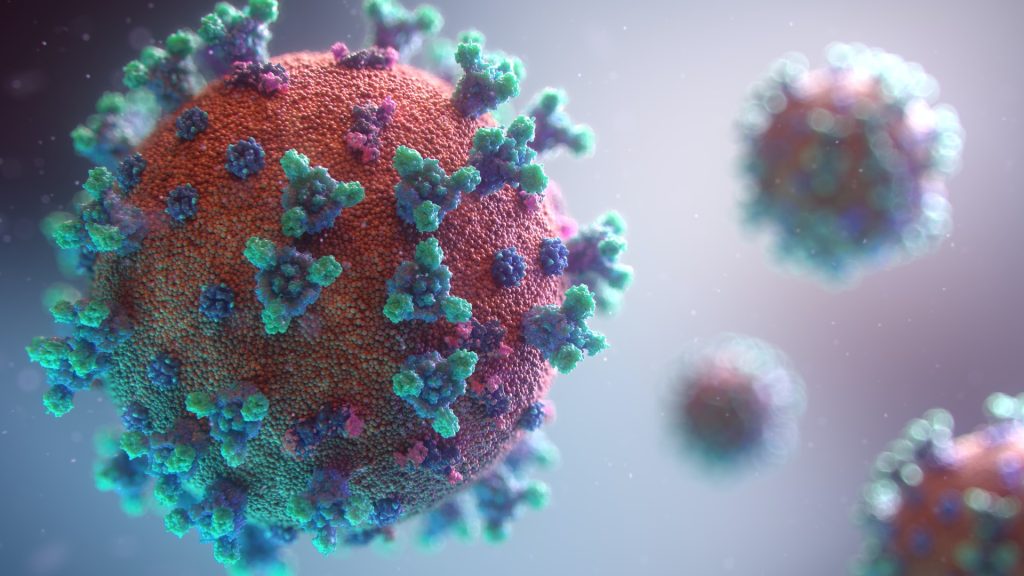Weight Loss in 80% Following Series of Different Diets

In a study testing three successive and varying diets, nearly 80 percent of participants in a lost a “clinically significant” amount of body weight in less than two years.
The participants adhered to a sequence of a calorie-restrictive diet, a low-carb/high-fat diet and an intermittent fasting diet, losing 11.1 kilograms on average.
The results were published in the journal Nutrition.
“Almost 80 percent of participants lost a clinically significant amount of weight,” said study leader Rebecca Christensen, a PhD candidate at the Dalla Lana School of Public Health. “This is important because losing just five percent of your body weight is associated with improvements in cardiometabolic function and other health concerns.
“That lets us know that we have a lot of different tools in the toolbox to pick from when initiating a dietary intervention.”
Christensen says that staying on the same diet can be tough, which is why she is pleased that the study’s findings suggest there may be an alternative.
“It can be quite hard for patients to maintain dietary interventions,” she said. “This might be where successive diets have an advantage as changing things up makes it easier to stick to a diet.”
As more people attempt to shed their pandemic weight, Christensen said she also found that there is no right month to start your diet. Rather, it is just about getting started, adding that reaching a very low body mass index (BMI) need not be the goal.
“We know that that’s not necessarily feasible,” she said. “But the very least they are reaching the weight that we know is beneficial for their health which is why we want to do the intervention.”
Source: University of Toronto






